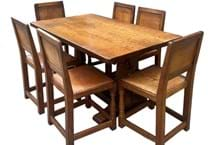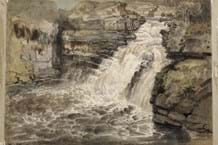The Spoliation Advisory Panel (SAP) was established recently under the Secretary of State to help resolve claims from people, or heirs of people who lost possession of a ‘cultural object’ during the Nazi era (1933-45), where that object is currently in the possession of a UK collection or institution.
Given the devastation of the Second World War and the time elapsed since it ended, evaluating the validity of a claimant’s title to the object is no mean task, but the SAP is determined that such assessments should be fair to both the claimant and the institution concerned.
The SAP evaluates the institute’s title to the object in the same way. To do so, it assesses all documentation submitted by the claimant, institution or any third party pertaining to the object. It then makes comprehensive enquiries about the object, its valuation and its provenance, including the circumstances surrounding the object’s removal.
Because the SAP is more an advisory than a legal body, its mediating procedures are really an alternative to litigation which means that it is able to take into account aspects such as the moral strength of the claimant’s case, and any moral obligation resting on the institution – matters that could not normally be considered in a court of law.
It also considers relevant statutory provisions, any regulations governing the institution by a trust body, for example, the market value of the object, current or at another appropriate time, and finally submits a written report with advice to the claimant, institution and the Secretary of State.
If the panel upholds the claim in principle, it may recommend that the object is returned to the claimant or that the claimant be awarded compensation or an ex-gratia payment. Where the object remains with the institution, it recommends that the information displayed alongside the object should be altered accordingly with special reference to the claimant.
So far the only claim the panel has received concerns Jan Griffier the Elder’s View of Hampton Court Palace (1710), acquired by the Tate Gallery in 1961.
The panel is to meet to discuss this case before the of the summer.
Panel assessing Nazi looted art sets out its procedures
UK: THE panel looking into whether UK collections and institutions should return Nazi looted art to its original owners or compensate them has unveiled the criteria and procedures which will determine its judgements.




